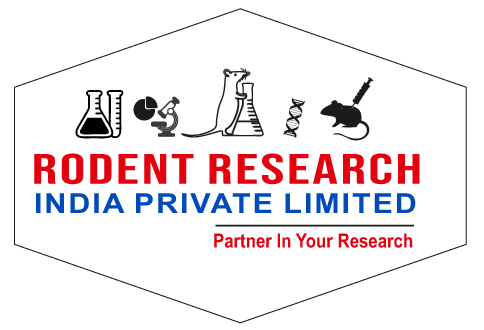Objective
To ensure the health, welfare, and scientific validity of research involving guinea pigs (Cavia porcellus) through continuous and structured monitoring for clinical, microbial, and environmental health parameters.
1. Daily Clinical Observation
Conducted by trained veterinarian and animal care staff:
Observation Points:
- General behaviour (alertness, interaction)
- Posture and gait
- Hair coat condition and grooming
- Feed and water consumption
- Respiratory signs (dyspnoea, wheezing, nasal discharge)
- Signs of diarrhoea or constipation
- Eye/ear/nose discharge
- Vocalization or signs of pain/distress
Action:
- Record in Daily Health Monitoring Log (Form GP/F01)
- Notify veterinary officer of abnormalities immediately
2. Weekly Physical Examination
Performed by: Veterinary officer or trained staff
Checklist:
- Body weight monitoring
- Oral examination (for incisor overgrowth or drooling)
- Abdominal palpation (tumours, pregnancy)
- Foot pad inspection (bumble sore)
- External genitalia/perineal inspection
- Check for alopecia or scabs (possible fungal/mite infection)
Record: Weekly Physical Check Log
3. Sentinel or Direct Microbial Surveillance
Due to low bedding transfer efficiency in guinea pigs, direct sampling or co-housing sentinels is preferred.
Sampling Protocol (Quarterly):
- Collect fresh faecal samples from 10–20% of colony animals
- Perform:
- Faecal floatation and wet mount for parasites (Eimeria, Giardia)
- PCR for Bordetella bronchiseptica, Streptococcus pneumoniae, Mycoplasma spp.
- Serology (if feasible) for common viral agents
Record: Microbiological Surveillance Log
4. Environmental Monitoring
We maintain stable and guinea pig-appropriate housing conditions.
Parameter | Frequency | Method |
Temperature & RH | Daily | Thermo-hygrometer |
Ammonia levels | Weekly | Ammonia strips |
Light/dark cycle | Daily | Automated control |
Noise | Weekly | Auditory check |
Cage/bedding status | Daily | Visual inspection |
Record: Environmental Conditions Log
5. Quarantine Monitoring
Duration: Minimum one week for new animals
Procedures:
- Physical health check
- Faecal testing (parasites)
- Respiratory exam (auscultation, nasal swabs if needed)
- Only release to main colony upon veterinary clearance
Record: Quarantine Monitoring Log
6. Special Considerations for Guinea Pigs
- Guinea pigs are very sensitive to vitamin C deficiency – monitor diet and check for scurvy signs (swollen joints, bleeding gums)
- Susceptible to Bordetella and Streptococcus – observe for respiratory distress
7. Humane Endpoints and Euthanasia
7. Humane Endpoints and Euthanasia
Euthanasia Criteria:
- Severe respiratory distress
- Loss of >20% body weight
- Severe wounds or inability to reach food/water
Method: Overdose of inhalant anaesthetic or approved agent.
Post-mortem:
- Conduct gross necropsy
- Collect tissues for histopathology/microbiology
Record: Death and Necropsy Report
8. Documentation and Recordkeeping
- All records must be kept for at least 3 years
- Logs include:
- Daily and weekly observation forms
- Microbiological test results
- Quarantine and environmental records
- Records available for IAEC, CCSEA, and AAALAC review
9. Review and Compliance
- This program is reviewed annually by the Animal Facility In-Charge and Veterinarian
- Updated as per new research findings, outbreaks, or regulatory changes




